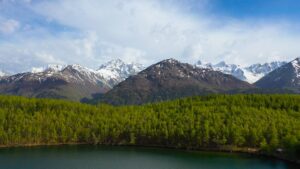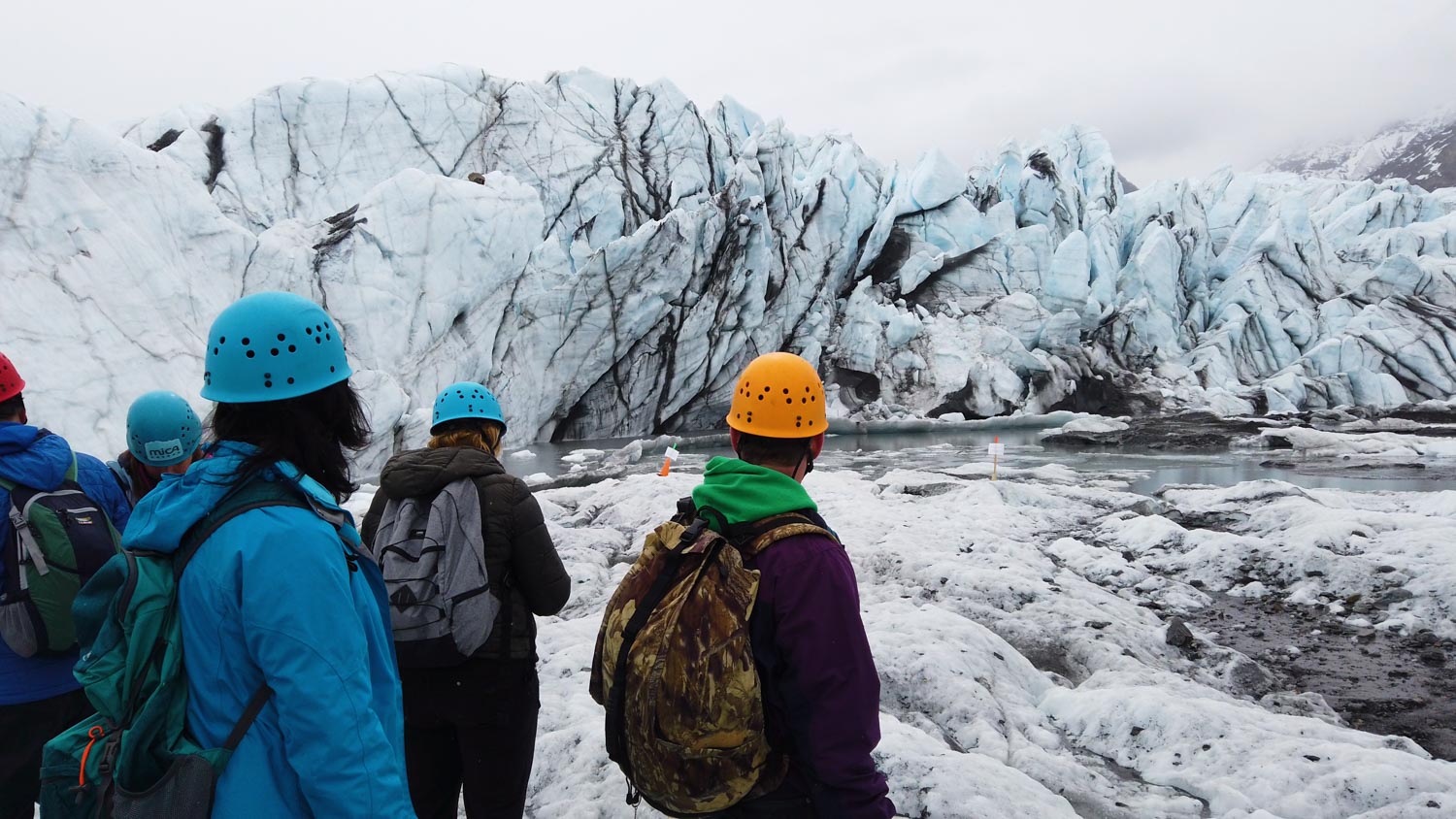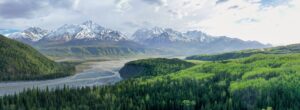Alaska Hiking Trips

Looking into the Mat-Su Valley from the trail side
Hiking in Alaska is something that everyone should experience at least once. Many people dream of a beautiful hike in Alaska, but don’t know where to start. Do you picture yourself in the forest, crossing streams, and exploring nature? Or perhaps you want to scale a mountain?
Climbing higher and higher in elevation until you’ve reached the summit, overlooking the mountain range and valleys below. Maybe you’ve always hoped you could visit Alaska and hike on a glacier for the first time? Whatever you’re looking for, Alaska has it. A short day hike, a more challenging moderate hike, a multi-day hiking/overnight camping extravaganza, and everything in between. You’ll find what you’re looking for in the Last Frontier.
Alaska Hiking Groups


Wilderness Hiking Tips
Below we have put together five tips to help you navigate your trek. Our hope is to help you have a safe and successful journey on your Alaska hiking trip. A majority of a good time involves managing your risk and safety.
Hike with a Friend or Group
This should go without mentioning but, there is safety in numbers. While hiking, don’t wander off. Stick with your friends and explore together. Even if you head out with a partner or others be sure to let someone know when and where you are going. Additionally, be sure to have a plan in place if you don’t return or an emergency happens.
Bear Safety
While hiking, make plenty of noise. A startled bear is an angry one. Sing, clap, talk, listen to music, do whatever you can to make sure if you accidentally approach a bear’s territory, they know you’re coming. That being said, try to avoid the situation altogether. Small decisions make big differences. Stay on trails if you can and if you smell a carcass, steer clear. Bears can get aggressive over their meals.
If you do encounter a bear, don’t run, even if it comes toward you. That may encourage the bear to chase you. If it isn’t approaching you, move back slowly to give it space to get where it is going.

The Matanuska river braiding alongside the Chugach Mountains
River Crossing
This may be one of the biggest challenges during your hike. Remain patient as you search for the perfect place to cross. Wider parts may be shallower, pay attention to waterlines on surrounding rocks to predict possible water level fluctuations. And, always ensure there are safe exits out of the water downstream, in case you accidentally fall in.
Unbuckle your pack and hold onto a strap, rather than having it attached. This will prevent it from dragging you down if you trip. As you cross, face upstream and be sure of your footing. Stability is key. Bring trekking poles or use a stick for extra support.
Drinking Water

Hiking near the mud flats of the Turnagain Arm
Staying hydrated is always important. Evaluate the water, a more remote area with cold and fast-moving water is generally safer. But, check surroundings first for signs of animal life/waste first. The best way to avoid sickness is to bring a treatment option. Iodine tablets, filters, or Steripens are all great options. Just be sure to always steer clear of stagnant or still water.
What to Wear
This is a very important aspect of your hike. Even on a crystal clear and perfect day, prepare with extra layers and rain gear. Weather and temperatures can fluctuate quickly. Moisture-wicking and drip-dry fabrics are key for your first layer. Bring an insulated layer to ensure warmth, as well as a waterproof outer layer, just in case.
The best tip of all is it’s better to be over prepared, than under. So, we hope now you are adequately prepared for your Alaska hiking trip.

